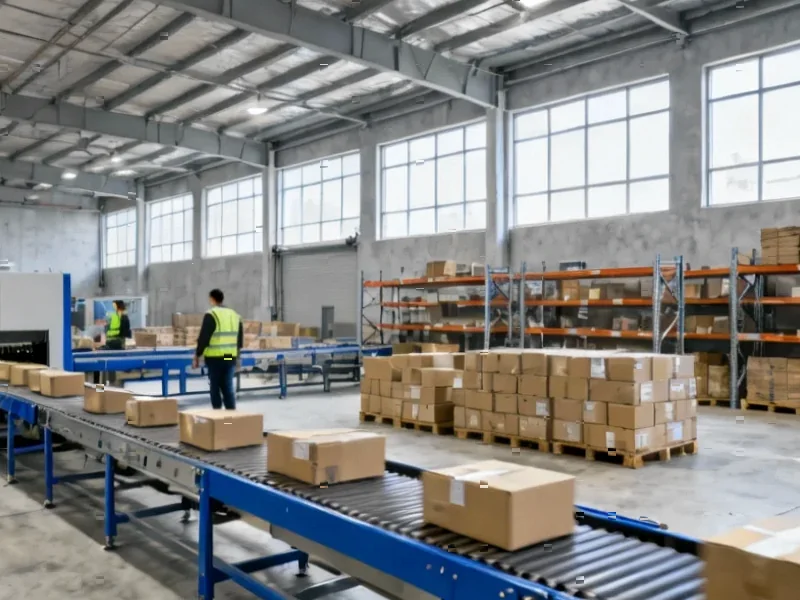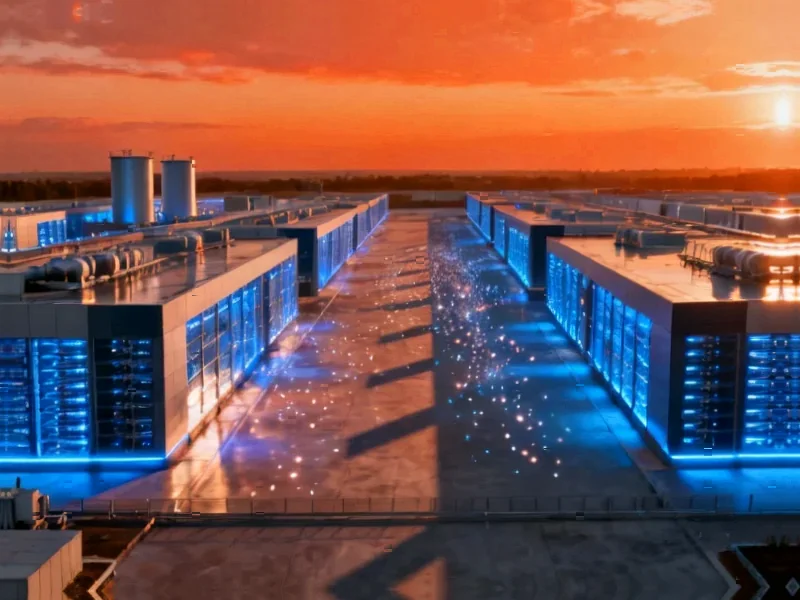According to CNBC, Amazon is building its first wholly-owned subsea fiber-optic cable called Fastnet, connecting Maryland’s Eastern shore to County Cork, Ireland. The cable will have a capacity exceeding 320 terabits per second, which Amazon says is equivalent to streaming 12.5 million HD movies simultaneously. While Amazon has previously invested in subsea cables like Jako, Bifrost and Havfrue through consortiums, this marks the company’s first solo project. Matt Rehder, Amazon Web Services vice president of core networking, emphasized that subsea cables are essential for international connectivity compared to satellite alternatives. The company expects Fastnet to be operational by 2028 and is building it specifically to meet rising demand for cloud computing, artificial intelligence and edge applications.
Why Amazon‘s going solo now
Here’s the thing about subsea cables – they’re basically the internet’s circulatory system, carrying over 95% of international data. But until now, Amazon has always played nice with others in consortium arrangements. Going solo with Fastnet changes everything. It gives Amazon complete control over capacity allocation, routing decisions, and maintenance schedules. No more committee meetings or negotiating with partners about upgrades. When you own the entire pipe, you can optimize it specifically for AWS traffic patterns and customer needs. And with AI workloads exploding, that control becomes incredibly valuable.
<h2 id="cloud-wars-escalate”>The cloud wars escalate underwater
This move puts Amazon squarely in competition with Google, Meta, and Microsoft, who’ve all been building their own subsea infrastructure for years. Google famously has about a dozen cables either operational or in development. Microsoft has been equally aggressive. Now Amazon is playing catch-up in a big way. But here’s what’s interesting – while these cables technically strengthen the entire internet, they’re really about locking in cloud dominance. When you own the fastest, most reliable transatlantic pathway, guess which cloud provider enterprise customers will choose for their global applications? It’s not exactly subtle.
The resilience game changes
Remember when a single cable cut could take down half the internet? Owning private cables gives Amazon way more redundancy options. They can route around problems faster, maintain service levels during outages, and basically sleep better at night. Matt Rehder wasn’t kidding when he called satellite connectivity inadequate – the latency alone makes it useless for real-time applications. But here’s the real kicker: as more companies move critical infrastructure to the cloud, they’re going to demand this level of network resilience. Fastnet isn’t just about capacity – it’s about winning those big, nervous enterprise contracts that can’t afford downtime.
What this means for everyone else
For smaller cloud providers and telecom companies, this is basically another nail in the coffin. How do you compete when the big players own the physical infrastructure? You either pay them for access or get left behind. And for customers? Well, theoretically more capacity and reliability should be good news. But I worry about the internet becoming balkanized into corporate fiefdoms. When Amazon, Google, and Microsoft each control their own private global networks, does the open internet suffer? Probably. But try telling that to someone streaming 4K video across the Atlantic without buffering. The future’s fast – but it might not be as open as we’d like.




